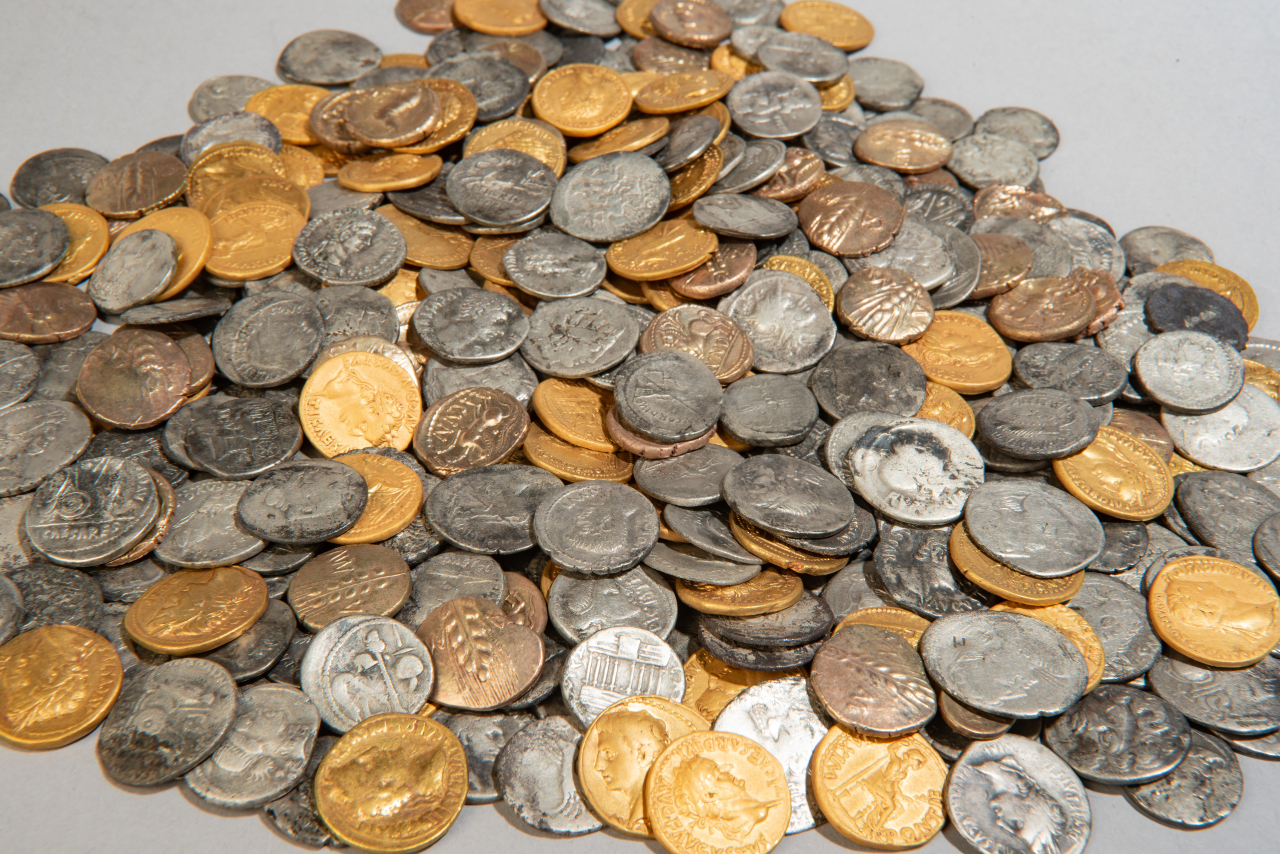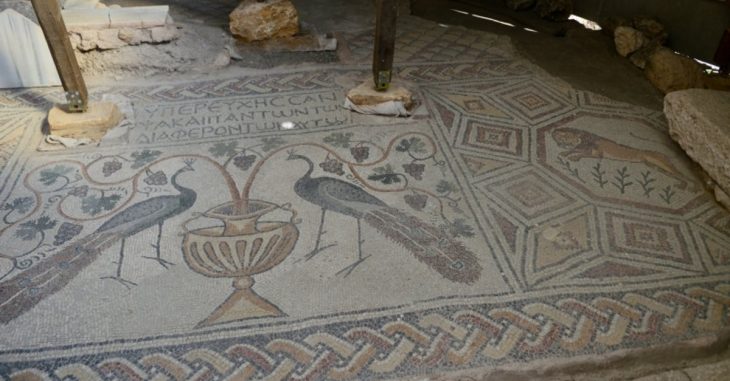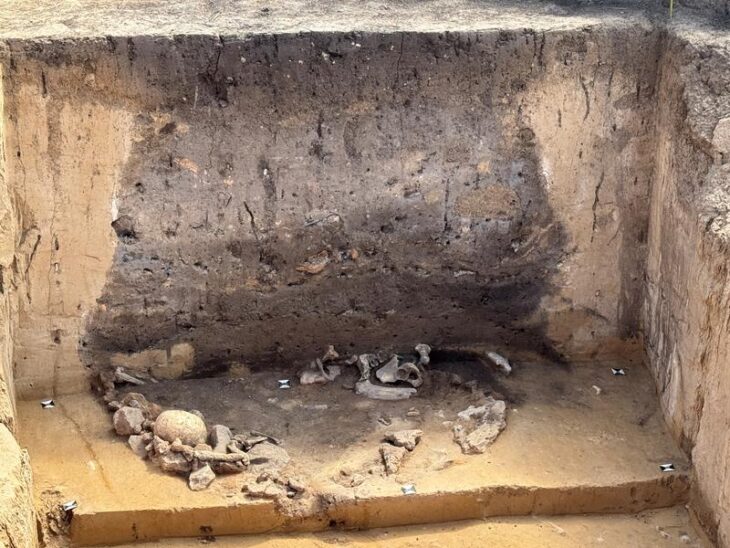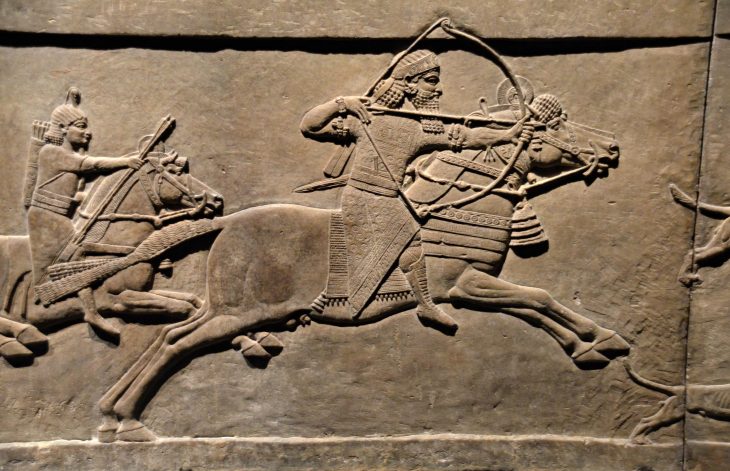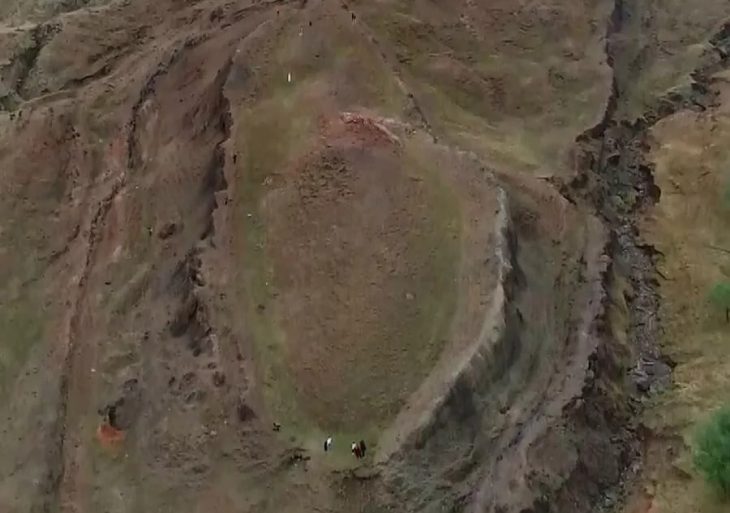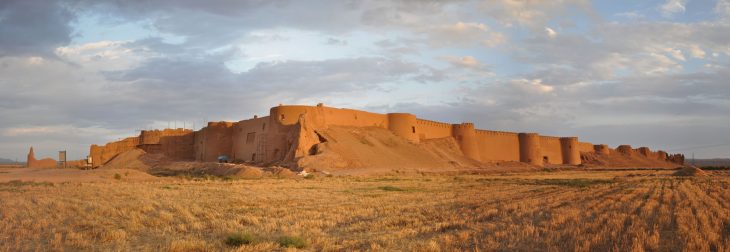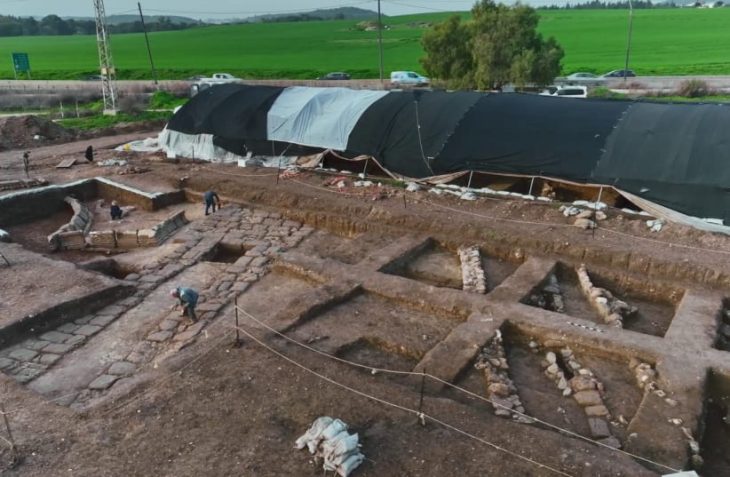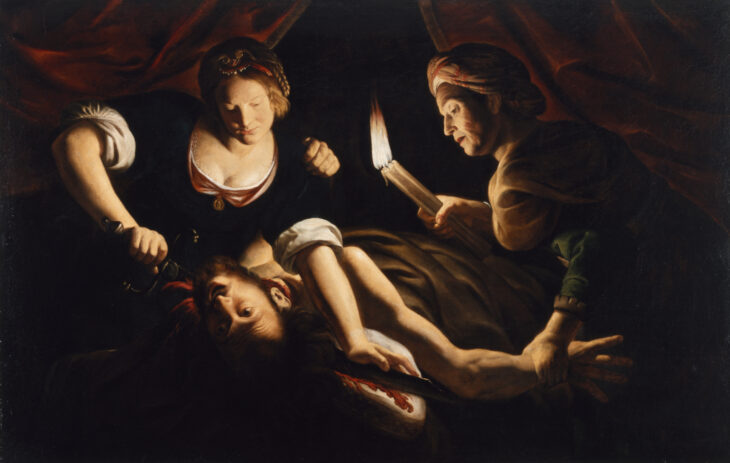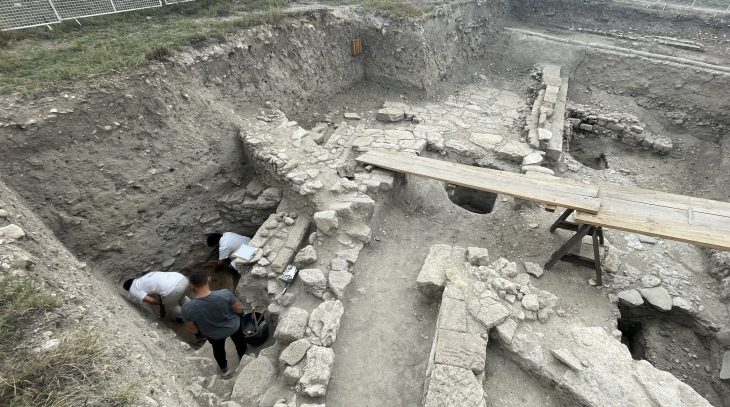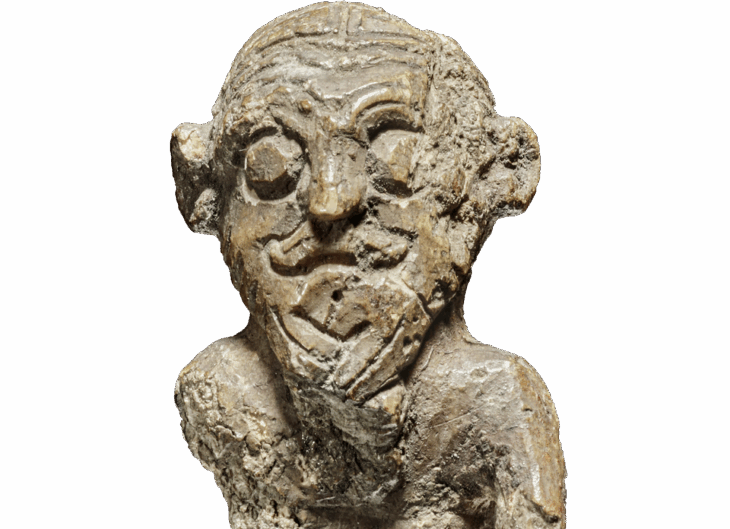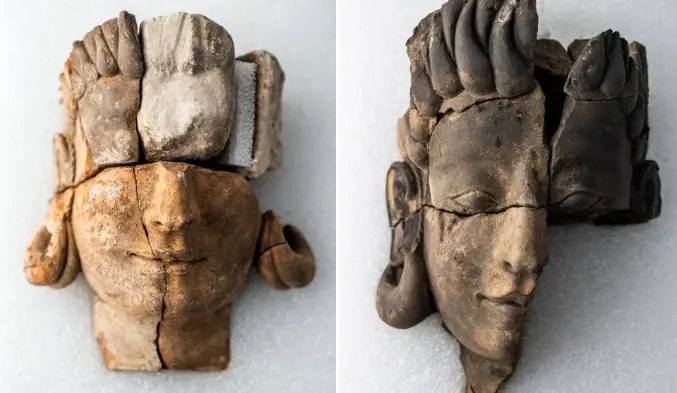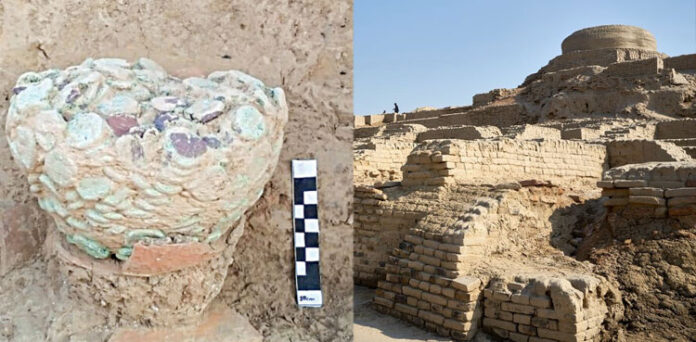In 2023, a unique collection of 404 silver and gold coins dating back to 46 A.D. has been discovered by a pair of metal detectorists near Bunnik, in the province of Utrecht. The discovery has been described as one of the most significant finds of Roman and British coins in Europe.
Archaeologists have uncovered a unique hoard of Roman and British coins in the northern border region of the Roman Empire, located in present-day Netherlands. This type of Roman-British coin hoard has never been discovered on the European mainland before.
The National Museum of Antiquities (Rijksmuseum van Oudheden) in Leiden described the find as a “unique combination of Roman and British coins.
The most recent of the Roman coins date back to the years 46-47 AD, during the reign of Emperor Claudius, a period when Roman troops crossed the North Sea to conquer the land they referred to as ‘Britannia.’ Among the findings, 44 gold coins originate from what is now Britain and bear the inscription of the British king Cunobelin. It is believed that these coins were brought to Bunnik by Roman soldiers returning from Britannia; the Roman coins served as their pay, while the British coins were spoils of war.
The discovery of this coin hoard highlights the significance of the Lower German Limes in the Roman invasions of Britannia. This frontier not only served as a preparation site for the initial crossing in 43 CE but also facilitated the return of Roman troops to the mainland, who brought back various possessions, including British coins.
📣 Our WhatsApp channel is now LIVE! Stay up-to-date with the latest news and updates, just click here to follow us on WhatsApp and never miss a thing!!
Roman and British Coins
This collection represents the largest find of its kind from the Roman period in the Province of Utrecht and is notable for being the first mixed hoard of Roman and British coins discovered on the European mainland. Similar hoards have only been found in Britain.
The Utrecht find was located in the region of the Roman frontier, away from major known Roman sites such as the fort of Traiectum (Utrecht) and Ulpia Noviomagus (Nijmegen). The coins were likely buried in or shortly after 47 CE, although the reason for their burial remains unclear. They may have been hidden with the intention of retrieval at a later date, or they could have been offerings made to the gods in gratitude for a safe return from battle.
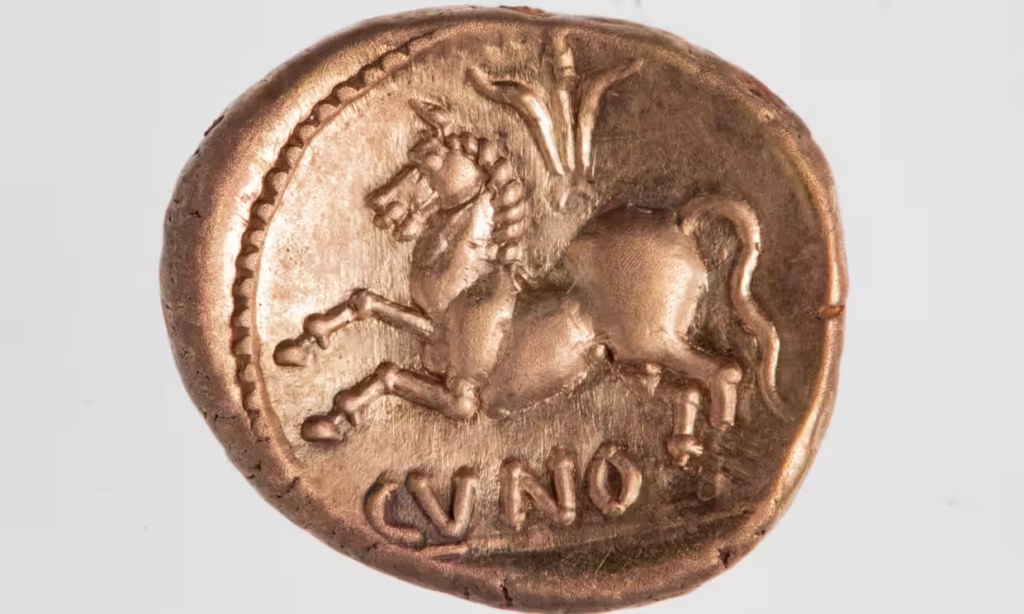
The British gold coins, known as staters, are not made of pure gold but rather an alloy of gold, silver, and copper. They were minted between approximately 5 and 43 CE, during and shortly after the reign of the British king Cunobelin, whose name appears in Latin on the coins as CVNO[BELINVS].
The Roman coins feature portraits of various rulers and emperors, with the most recent examples—both silver and gold—bearing the portrait of Emperor Claudius. These coins were minted in 46-47 CE, around the time of the first Roman conquests in Britain.
In total, 72 gold Roman coins, known as aurei (singular: aureus), were found, dating from 19 BCE to 47 CE. Notably, two of these gold coins were struck using the same die and appear to be unused, showing no signs of wear, suggesting they were received directly from a stock of newly minted coins.
The majority of the Roman specimens, totaling 288, are silver denarii (singular: denarius), minted between 200 BCE and 47 BCE. This collection includes rare finds, such as coins from the era of Julius Caesar and one featuring Juba, the king of Numidia in present-day Algeria.
From Discovery to Exhibition
The remarkable coin hoard was unearthed by detectorists Gert-Jan Messelaar and Reinier Koelink. Following the formal reporting of the find to Landscape Heritage Utrecht’s Archaeology Hotline, archaeologist Anton Cruysheer conducted a thorough examination of the coins. They were subsequently recorded in the Portable Antiquities of the Netherlands (PAN) database and professionally cleaned by Restaura, a restoration firm based in Heerlen.
To better understand the context of the find and the reasons behind the coins’ burial, the National Cultural Heritage Agency carried out an excavation in collaboration with the discoverers. This effort revealed a total of 381 coins, part of a larger hoard of 404. The collection has since been acquired by the Rijksmuseum van Oudheden (National Museum of Antiquities) in Leiden, becoming a significant addition to the Netherlands’ National Archaeology Collection and available for further research. Visitors can now view these fascinating coins in the museum’s permanent exhibition, “The Netherlands in Roman Times.” The acquisition was made possible through co-funding from the lottery company VriendenLoterij.
Cover ımage Credit: Rijksmuseum van Oudheden

